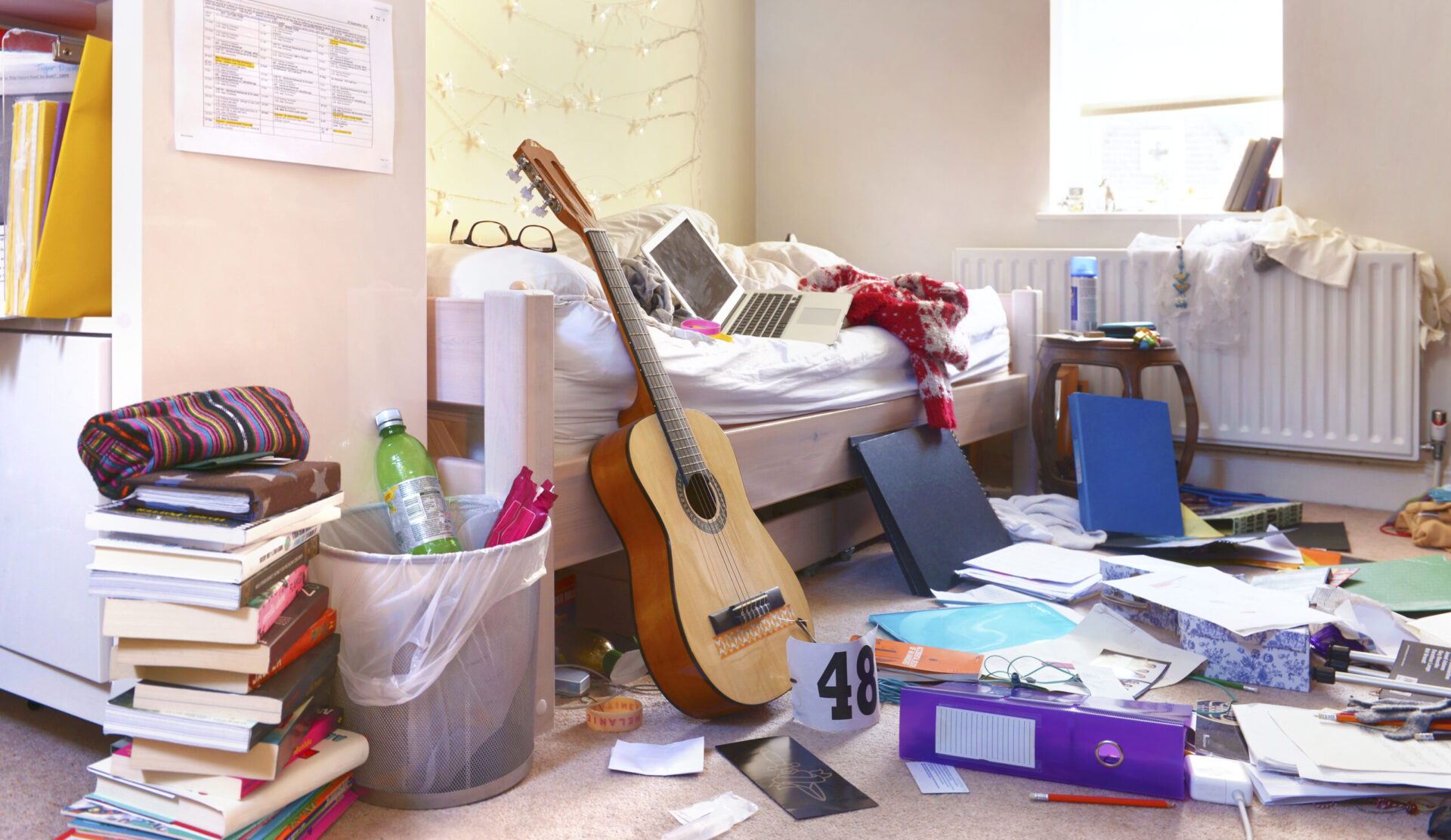Effective Strategies for Organizing Rooms for Children with ADHD

Picture this scenario: You are unfamiliar with a Rubik’s Cube, and not just that, you have no background in dealing with any kind of puzzles. Yet, you are expected to finish solving the Rubik’s Cube without any aid. Top it off, you are given a mere 30 minutes to accomplish the task.
That is how it feels for a child with ADHD when asked to clean their room. And adults with ADHD are no exceptions to this overwhelming feeling. Suddenly, the task appears perplexing, invincible, and without any definite starting or ending point. The room is filled with varying items and spread out in different corners, making it seem like a daunting task to tackle.
I can relate to this feeling as I have been in their shoes. As the oldest amidst the four siblings, I shared the room with my younger brother. As we set about cleaning it, we used to imagine a line in the middle to split and manage the area of the room. Despite the small quarrels to ensure fair space division, my brother would always end up cleaning his part effortlessly. Meanwhile, I would find my mind wandering towards irrelevant thoughts of the things I had once seen or the toys I used to play with.
My distractions were indeed the hindrance. My focus would get diverted by other things, leaving me clueless about initiating the cleaning process. This led to lots of complaints from my parents questioning why I couldn't be as efficient as my brother.
Fast forward to the present, I am now a father of four. At the age of 39, I was diagnosed with ADHD. Like many others who get diagnosed late, I had my time for deep retrospect. But it was indeed a relief to understand better what I was dealing with.
[Get This Free Download: Organizing Strategies for Children with ADHD]
1. Small slider
1. Big slider example
[imgslide]
[image]

[/image]
[link]Here should be redirect link[/link]
[image]

[/image]
[link]Here should be redirect link[/link]
[image]

[/image]
[link]Here should be redirect link[/link]
[/imgslide]
You can include one or multiple items in this slider.
The assessment process of my 10-year-old son, who also has ADHD, urged me to note the symptoms and their impact on his routine. It helped me understand the struggle of dealing with an abstract monster-like disorder. It's challenging to take the first step, and maintaining the necessary focus is even more problematic.
Instructing my sons to clean their room, I exactly know what to expect from the youngest child. With time, I discovered the process of breaking down complex problems:
this process doesn’t need to be flawless or neat. What matters is initiating the work and keeping up the pace. To ensure my son copes with the cleaning task more effectively and without frequent arguments, I serve as a guide. Whenever he feels bogged down, I pacify him and reconnect him with the cleaning process. I believe it is important he learns to confront challenges himself, which, without a doubt, are going to be more tedious than mere room cleaning. If he learns his coping mechanisms now, it will be beneficial sooner or later.
[Read: The Daily Habits of Organized Kids]
So, the next time your child is struggling with a task as “easy” as room cleaning, remember what it might mean to them. A small guidance in clearing the abstract monster could be all they require to triumph over their battle.
CELEBRATING 25 YEARS OF ADDITUDE Since 1998, ADDitude has worked to provide ADHD education and guidance through webinars, newsletters, community engagement, and its groundbreaking magazine. To support ADDitude’s mission, please consider subscribing. Your readership and support help make our content and outreach possible. Thank you.




